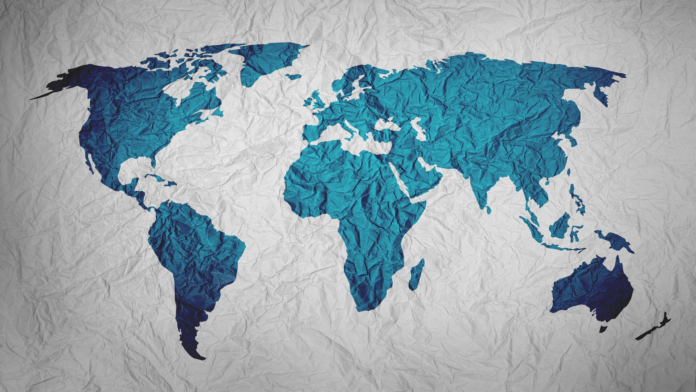Every day, there are more human mouths to feed. But while we’re worrying about whether food production can keep up with population growth, as many as 100 species a day are going extinct.
Habitat loss is a major driving force in these extinctions, so how do we give nature more space and continue to feed the world?
The Half-Earth movement is a calling for us to conserve half the planet’s lands and seas in order to protect 85% of all species from extinction. It’s an ambitious goal given that, currently, only 15% of the global land surface and 3% of the global ocean surface are protected in nature reserves, but a goal that is nonetheless endorsed by an impressive list of scientists and environmental organizations.
But what would ‘giving back’ half the planet mean for our ability to feed ourselves? Researchers at the University of British Columbia have been studying just that. Their findings, published in Nature Sustainability, suggest that conserving half the planet could mean losing 15–31% of cropland and 10–45% of pasture land, equating to a drop of 3–29% in food calorie production.
Those are big ranges. But according to the researchers, how much agricultural land and calories are lost will depend on how conservation happens; that is, whether it’s purely ‘nature only’ landscapes, where conservation displaces all crop production, or ‘shared landscapes’, where crop production and conservation are allowed to coexist.
Shared land use and making agricultural land less hostile to other life has the potential to limit the loss of cropland, pasture, non-food calories (feed, biofuels etc.) and food calories, but it wouldn’t provide the large continuous areas of protected land that larger species of plants and animals need to thrive.
Possibly even more controversial is how the ‘protected half’ is selected in terms of geography. Does each country give back half their land? Or is it done globally? Or by habitat type?
The Half-Earth project hopes to identify and protect the most biodiverse areas, but this could hit some of the world’s most vulnerable and food insecure populations hardest. Even with a shared approach, China and India, the two countries with the highest number of undernourished people on the planet (134 and 195 million, respectively), would experience substantial food losses (12% and 22%).
But it’s not all bad news. By sharing land between agriculture and nature there could be benefits for both biodiversity and food production. The regrowth of temperate and tropical forests could help to tackle climate change and reduce climate-related crop losses. And increasing biodiversity might boost the population of bees and other species critical for crop yields.
Despite this, to meet the food requirements of even our current population in a Half-Earth scenario, there would have to be massive increases in crop yields, reductions in food waste, and dietary shifts away from animal products – all extremely challenging ambitions in themselves.
The Half-Earth project is a noble goal fraught with practical challenges. For it, or any major conservation strategy to work, the authors remind us that we must look for synergies between conservation and poverty reduction so both humans and the natural world can flourish.










































